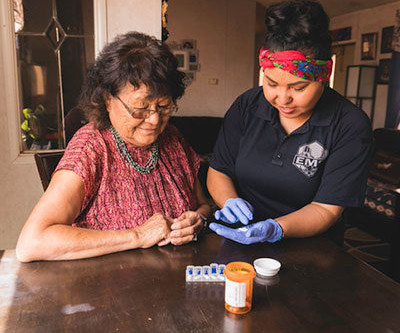Indian Health Service Funding: Grants and Financial Opportunities for Tribal Healthcare
Relias
FEBRUARY 28, 2025
Key sources of IHS funding The IHS is primarily funded by federal appropriations, along with grants, Medicaid and Medicare reimbursements, and third-party billing. Medicaid and Medicare reimbursements Tribal health programs can enroll as Medicaid and Medicare providers to receive reimbursements for eligible services.














Let's personalize your content